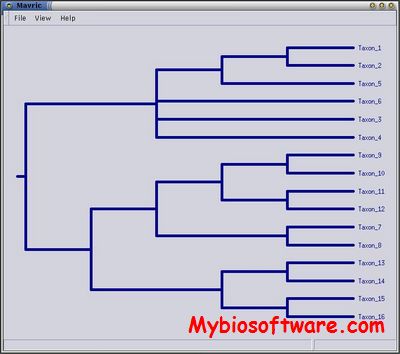SimTK Core 2.1
:: DESCRIPTION
SimTK Core is one of the two packages that together constitute SimTK, the biosimulation toolkit from the Simbios Center. The SimTK Core is a collection of libraries which provide basic numerical methods for simulating biological structures. The SimTK Core consists of 6 libraries: SimTKlapack (linear algebra), SimTKcommon (basic matrix and vector operations), SimTKcpodes (ordinary differential equations and differential algebraic equations), SimTKmath (optimization, and numerical differentiation), SimTKsimbody (multibody dynamics), and SimTKmolmodel (molecule modeler that builds Simbody models of molecules). There is also an optional li-brary SimTKsimbody_aux that can be used for visualizing Simbody simulations using VTK.
SimTK, the Simbios biosimulation toolkit, provides a robust, high-performing, open-source collection of technologies that are valuable for building applications that employ physics-based simulations of biological structures. It is well-suited for applications in a wide variety of domains from molecules to whole organisms.
::DEVELOPER
SimTK Core Team
:: SCREENSHOTS
N/A
:: REQUIREMENTS
:: DOWNLOAD
 SimTK Core
SimTK Core
:: MORE INFORMATION
Citation:
Jeanette P. Schmidt, Scott L. Delp, Michael A. Sherman, Charles A. Taylor,Vijay S. Pande, Russ B. Altman,
“The Simbios National Center: SystemsBiology in Motion“,
Proceedings of the IEEE, special issue on Computational System Biology. Volume 96, Issue 8:1266 – 1280. (2008)

